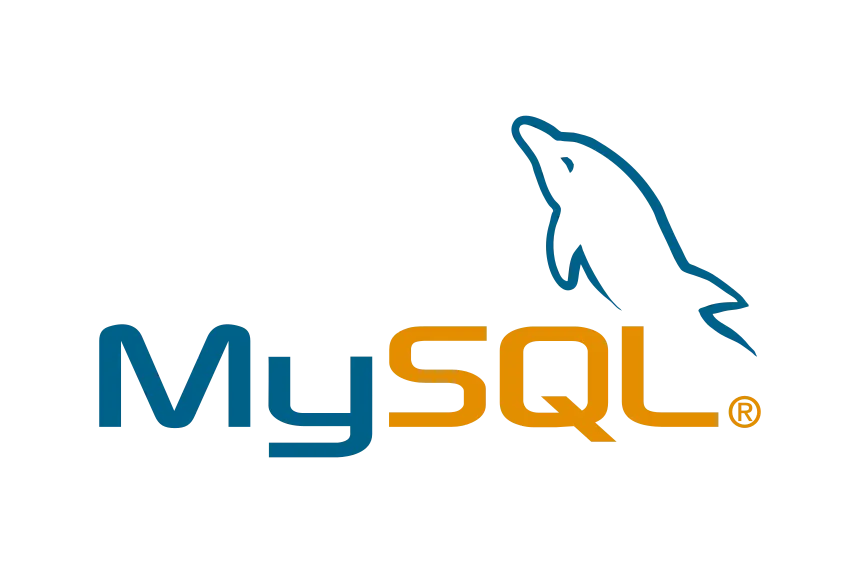A Complete Step-by-Step Guide to Enabling Remote MySQL Access for Developers & Site Owners
Need to manage your website’s database while away from cPanel? Remote MySQL access to your database gives you the flexibility to work from any location using tools like MySQL Workbench or DBeaver. Fortunately, cPanel makes it simple to allow remote MySQL access securely and without much hassle.

In this guide, we’ll walk you through the exact steps to remotely connect to your MySQL database using cPanel.
Prerequisites
Before getting started, ensure the following:
* You have access to your cPanel account.
* Your hosting server supports remote MySQL access connections.
* An SSL certificate (for better security) is set up, though not mandatory.
* You know the public IP of the machine from which you’ll connect.
* A MySQL user account and database already exist.
Step-by-Step: Enable Remote MySQL Access via cPanel
1. Log in to cPanel
- Access your cPanel by going to: `https://yourdomain.com/cpanel`
- Enter your credentials to log in.
2. Navigate to “Remote MySQL”
- Once inside cPanel, scroll to the Databases section.
- Click on Remote MySQL ( This tool allows external devices to connect to your databases.)
3. Whitelist Your IP Address
- In the Host (% wildcard is allowed) field, input the public IP address of your device or server that will connect to MySQL.
> Not sure of your IP? Simply search *“What’s my IP”* on Google.
- You can also use a wildcard like `%.yourdomain.com` or `192.168.%.%` to allow a range of IPs if needed.
- Click Add Host to save.
4. Create or Use an Existing MySQL User
Go back to MySQL Databases in cPanel and either:
* Use an existing user
OR
* Scroll to MySQL Users to create a new user by entering a username and a strong password.
Click Create User.
5. Assign User to Database
In the Add User to Database section:
* Select your MySQL user.
* Choose the relevant database.
* Click Add, then assign All Privileges (or specific ones, depending on your needs).
6. Configure Your Remote MySQL Client
Use a MySQL client like MySQL Workbench, DBeaver, or Sequel Pro to connect remotely.
Here’s what to input:
| Parameter | Value |
| Hostname | Your domain name or server IP |
| Port | 3306 (default MySQL port) |
| Username | Your MySQL user |
| Password | The password you created |
| Database Name | The name of your MySQL database |
🚫 Some hosts block port 3306 by default. You may need to ask your hosting provider to open it.
Testing the Connection
Try connecting from your MySQL client.
If successful, you should see your database structure load. If not:
* Double-check IP whitelisting.
* Confirm correct user-password pairing.
* Ensure port 3306 isn’t being blocked by your firewall.
Security Best Practices
* Only allow trusted IPs ( avoid using `0.0.0.0` or `*`).
* Use strong passwords.
* Consider SSH tunneling for added security (especially on public networks).
* Remove unused IPs from the Remote MySQL access list.
FAQs:
1. What is Remote MySQL access, and why would I need it?
Remote MySQL access allows you to connect to your website’s MySQL database from a remote device using tools like MySQL Workbench or DBeaver. It’s helpful for developers and site admins who want to manage databases without logging into cPanel each time.
2. Is it safe to enable remote MySQL access?
Yes, but only if you follow best practices: whitelist only trusted IPs, use strong passwords, and consider using SSH tunneling for added security, especially on public networks.
3. How do I find my public IP address for whitelisting?
Simply search “What’s my IP” on Google. Use that IP in cPanel’s Remote MySQL section to allow access from your machine.
4. Can I allow multiple IPs or a range of addresses?
Absolutely. You can use wildcards like 192.168.%.% or domain patterns like %.yourdomain.com to permit broader access ranges—but only use this if necessary and secure.
5. What MySQL port should I use for remote connections?
Use port 3306, the default port for MySQL. Make sure it’s open on your hosting server and local firewall.
6. My connection is being refused. What should I check?
- Ensure your IP is whitelisted in cPanel
- Confirm the correct database user and password
- Check if port 3306 is open
- Verify your MySQL client configuration
7. Do I need SSL or SSH to connect remotely?
SSL is recommended for secure connections, though not always required. For even better protection, especially on unsecured networks, consider SSH tunneling.
8. Can I manage my WordPress database remotely this way?
Yes. As long as you have database credentials and the IP is allowed via Remote MySQL, you can access and manage any MySQL-based site’s database, including WordPress.
9. What tools can I use to connect remotely?
Popular MySQL clients include:
- MySQL Workbench
- DBeaver
- Sequel Pro (Mac)
- HeidiSQL (Windows)
10. How do I remove access once I no longer need it?
Go to the “Remote MySQL” section in cPanel and delete the IP address or domain from the allowed hosts list to revoke access instantly.
Conclusion
Remote MySQL access can streamline your development and database management workflows. With cPanel’s built-in tools, you can enable and secure remote access in just a few steps – no need to manually edit config files.
Whether you’re syncing data, building dashboards, or debugging queries, this setup lets you work smarter from anywhere in the world.